Hip Replacement Surgery
Hip replacement surgery is performed in people whose hip joint has been destroyed and is afunctional. The damage is most commonly caused either by chronic arthritis or injury.
This operation is also known as hip arthroplasty. It includes the removal of the damaged joint and its replacement with an artificial one. This artificial joint is a prosthesis, and it comprises a socket and a ball component. The prosthesis is made of specific material which cannot be rejected by the body. It is also resistant to corrosion and degradation.
The surgery is performed by well-experienced orthopedic surgeons.
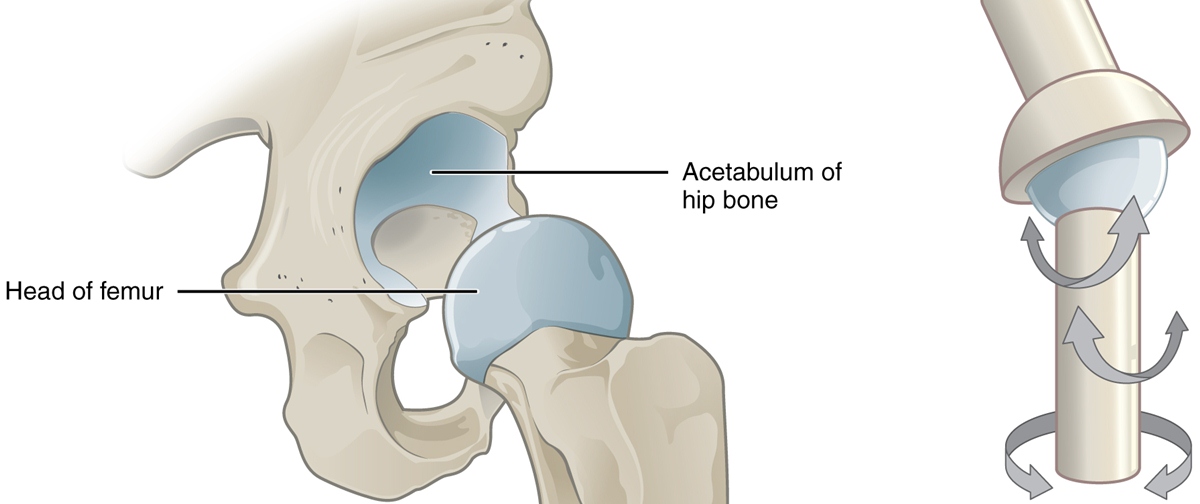
Recovery Time after Hip Replacement
The surgical procedure lasts approximately four hours. After the surgery patients are transferred into a recovery room where they spend a certain time, and if there are no further complications they are finally transferred to a hospital room.
In the hospital room, patients are administered fluids and medications intravenously. They are also given antibiotics to prevent possible infection. The excessive fluid from the wound is drained by specific tubes which are removed several days after the surgery. The dressing remains on the wound for about two days, and then is replaced regularly.
Suitable control of the pain can be achieved by specific painkillers. The best way to reduce pain is to apply patient-controlled analgesia where patients administer medication on their own if they feel that the pain has intensified. To prevent blood clots, both legs are wrapped in elastic hose and compression stockings. Active movements of the legs or medications will additionally help in the prevention of hypercoagulation.
Urinary catheters are inserted before the surgery and are left for a few days after the surgery. During that time, they are regularly changed.
Physical therapy most commonly starts right after the surgery. Light exercises such as sitting in a chair can be performed a day or two after the surgery. After that physical therapist introduces different exercises gradually to increase the strength of the muscles and restore all the movements in the hip.
Physical therapy additionally prevents contractures that may result from scarring. Patients are advised how to sit, walk and maintain their posture. Even after they are released from the hospital, they are instructed on how to behave at home and what exercises they need to continue doing. It is best if patients incorporate exercises into their daily routines.
Finally, patients must not engage in strenuous sports, such as running or contact sports. They may cause re-injury of the operated hip. The most suitable physical activity for people who have undergone hip replacement is swimming. It promotes strength of the muscles and improves mobility of the hip.
- Hip replacement or hip arthroplasty, a surgical procedure using a prosthesis to entirely or partially replace a damaged hip joint, has been routinely used to relieve hip pain and joint stiffness over the past 60 years. More than one million total hip replacements (THR) are annually performed worldwide. In 2018, over 550,000 hip replacements were performed in the USA and 150 000 were done in France. In 2019, approximately 600 000 hip replacements were performed in China, with the rate increasing 20% per year.
- Although hip replacement can relieve pain and restore joint function, rehabilitation has limited effectiveness with postoperative complications and persistent impairments. The reported incidence of prosthesis dislocation and deep vein thrombosis after THR could reach up to 10% and 12.8%, respectively, leading to 5.5% of 30-day readmission rate. Postoperative activity levels are disappointingly low in many patients. Around 20% of patients are socially isolated following surgery, and 7%-23% of patients reported an unfavorable long-term pain.
- A prospective randomized controlled trial with a repeated-measures, two-group design was conducted in a grade A general hospital in Guangdong Province, China. A total of 150 participants with a unilateral total hip replacement were recruited via convenience sampling. Participants were randomly assigned to either the self-efficacy enhancing intervention group (n?=?76) or the control group (n?=?74). The intervention encompassed a face-to-face education before discharge and four telephone-based follow-ups in six months after surgery. Researchers collected baseline data on one to three days after surgery, and outcomes data were collected one, three, and six months after surgery.
- Average age (deviation) in intervention and control group were 58 (10.32) and 59 (10.82), respectively. After six months, intervention group scored 86.83?±?5.89 in rehabilitation self-efficacy, significantly higher than control group (72.16?±?6.52, t?=?-10.820, p?0.001) and their hip function has turned to “excellent” (90.52?±?4.03), while that of the latter was limited to a “middle” level (78.47?±?7.57). Statistically significant differences were found in secondary outcomes (p?0.001). The advantage of intervention in improving quality of life was seen in the long term rather than in the early postoperative period.
- www.nhs.uk/conditions/hip-replacement/recovery/
- www.nhs.uk/conditions/hip-replacement/
- Photo courtesy of OpenStax College by Wikimedia Commons: commons.wikimedia.org/wiki/File:903_Multiaxial_Joint.jpg



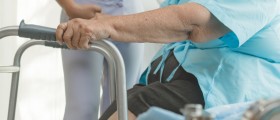
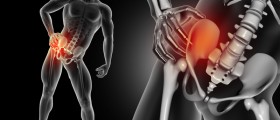



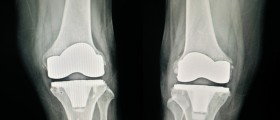




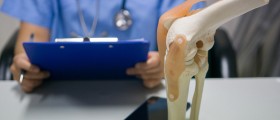

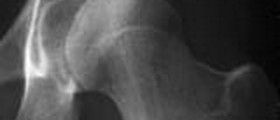
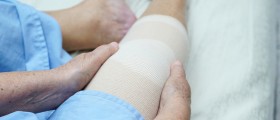
Your thoughts on this
Loading...